If your home page is the shop window to your art, your artist logo is the shop sign. It reflects your brand and helps identify who you are and what you represent.
As an artist, you may sell your work in a wide range of venues. There is your website, social media channels, online galleries, exhibitions, catalogs and perhaps even ads. A memorable artist logo is how you stand out from the crowd.
Fortunately, you don’t have to spend a fortune or hire a graphic designer to create a stunning logo for your art business. In 1971, Nike paid a student $35 for one of the most recognizable logos on the planet. Today, graphic design websites offer free templates awaiting your inspiration, and online marketplaces sell on-demand logos for a few hundred dollars.
So, the raw materials are at your fingertips, but what exactly makes for a great artist logo?
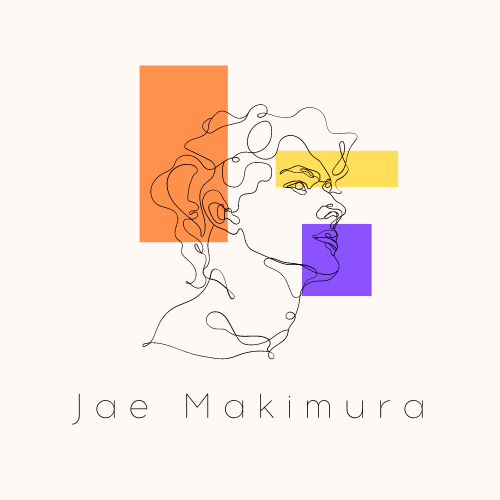
Your logo is at the center of your artist brand
If a picture is worth a thousand words, then a brand is like a book of short stories. Every color, font, headline and graphic you choose contributes to the feeling and impression your brand conveys. But none is more central to your brand than your artist logo.
It’s no surprise, then, that companies spend millions coming up with a logo. It makes you memorable, easy to find – and perhaps most importantly – it engenders trust.
Think of your logo as a shorthand for your brand. With a glimpse, it should tell the story of your art, convey your personality and explain your medium.
Define your art brand BEFORE your logo
As an artist or maker, your medium and style should influence your logo design.
When creating your logo, ask yourself:
- What are your values?
- What do you want to express through your art?
- What drives you to create?
- What makes your art unique?
- Who is your ideal customer, and what do they like?
Find inspiration from logos in other industries
Logos are literally everywhere. In London’s Picadilly Circus, New York’s Time Square, and Tokyo’s Kichijoji Sun Road, logos fight for our attention. Which ones jump out at you?
Whether it’s fast food or blockbuster movies, the building blocks of an eye-catching logo are universal. So don’t be afraid to take a cue from global brands. Why not ride on the coat tails of their multi-million dollar marketing budgets?
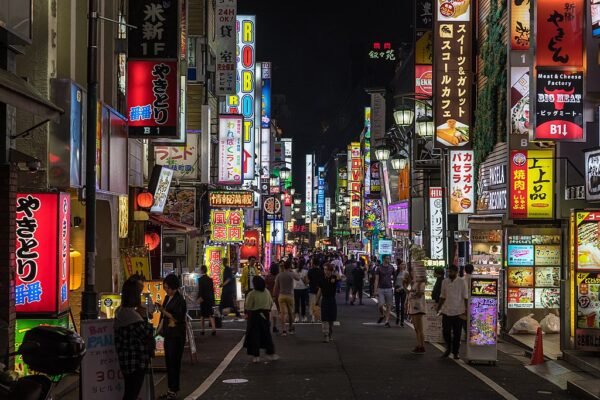
Famous fast food logos
From McDonald’s to KFC, the purveyors of fat and grease love a red logo. Ever wonder why? Red has a longer wavelength, which makes it the easiest color to see. Not coincidentally, it is also a color that makes us hungry.
Sports brand logos
It’s often said that when buying athletic shoes and clothing, you’re really just buying a logo. Most sports logos employ a leaning font that suggests speed, or even just a few quickly-sketched shapes or lines. Often, a simple monochrome palette completes the look.
Children’s brands
Like sports bands, children’s brands telegraph the spirit and interests of their audience. Fonts are fun, letters are jumbled, and colors are vibrant. The logos effuse energy and liveliness.
Components of a Great Artist Logo
#1: Color
Georgia O’Keeffe
I found I could say things with color and shapes that I couldn’t say any other way.
The color or colors you chose allows you to convey your values and style as an artist wordlessly. Primary colors feel dynamic, while neutral tones feel soothing.
As a visual artist, you will undoubtedly have definite ideas of color combinations. But what looks beautiful on a canvas may not translate onto a website. Pink is hard to read, while brown looks lifeless and fails to pop next to black text.
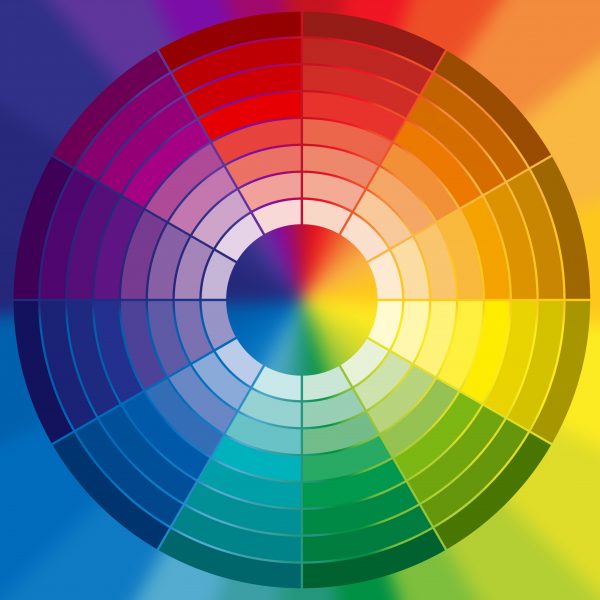
If you’re looking for inspiration, look to your trusty color wheel to choose complementary or contrasting colors.
These color wheels are designed almost mathematically: with complementary and contrasting colors set out to help you create good color combinations at the spin of the wheel. Alternatively, Canva and other free graphic design software offer ready-made color palettes.
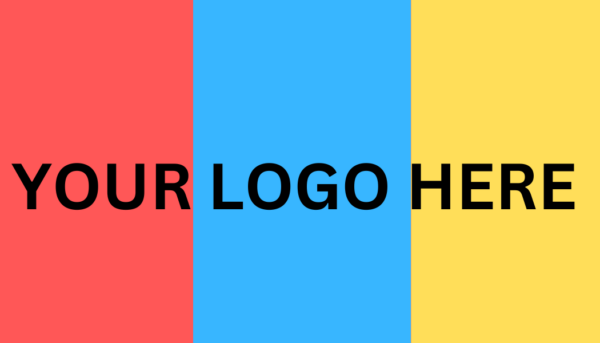
#2: What does your art logo say?
What words will you include in your artist logo? Options include your full name, your last name only, a nickname (think Banksy), or the name of your gallery or studio. In addition, you may also create a longer version of your logo with a tagline or description of your art or medium.

Artist signatures: a classically elegant logo
Many of us have practiced the art of signing a painting or artwork. Why overthink it when you can turn your signature into your artist logo?
Consider some of the most famous artists and the signatures they used on their pictures. Picasso’s autograph was so good it was used on a car. Monet’s is also eye-wateringly simple but instantly recognizable. Of course, if you are not one of history’s greatest artists, your signature might take some work.
Create the perfect artist signature
Spend a few days using different pencils and paints to practice different signatures. Using charcoal can help simplify your lines to create something distinctive.
Remember, your logo signature doesn’t need to (and probably shouldn’t) resemble the one you use to write checks. Equally, the words don’t need to be easy to read. Instead, think of them as an illustration.
Once you’ve played around with your signature, review the results. The final version can be photographed or (ideally) scanned into your computer for digital use.
TIP: While a bespoke signature can work, avoid using a word processor’s handwriting font. These workaday fonts are familiar to anyone who uses a computer – and, therefore, not hugely distinctive.
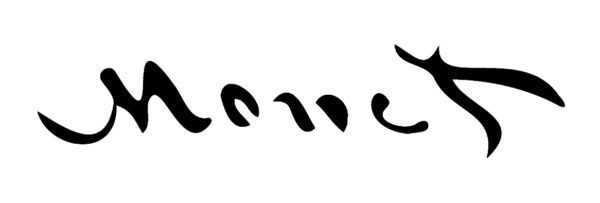
Font
If your signature doesn’t work, or you’ve chosen not to use your name, you will need to select a font.
Few corporate logos use a readily-available font. Instead, companies hire graphic designers (at great expense), and the font itself forms part of their trademark.
Needless to say, most artists don’t travel in those rarefied circles. Fortunately, basic graphic design software offers hundreds of font options. That, plus color choice, size, line spacing and more creates millions of permutations. So don’t worry that a ready-made font will make your artist logo feel generic.
That said, there are some basic guidelines for any logo font. Notably, your font should be simple and easy to read. In general, san serif fonts work best. With their ornate squiggles and old-fashioned curlicues, serif fonts can be harder to read on a mobile screen and present challenges for visually impaired readers.
Tagline
Most artist logos also have a short subline of one to five words that sits directly below the logo. Think of a logo and tagline as mix-and-match elements: you can use your logo with or without a tagline, or deploy your tagline independently as a slogan of sorts.
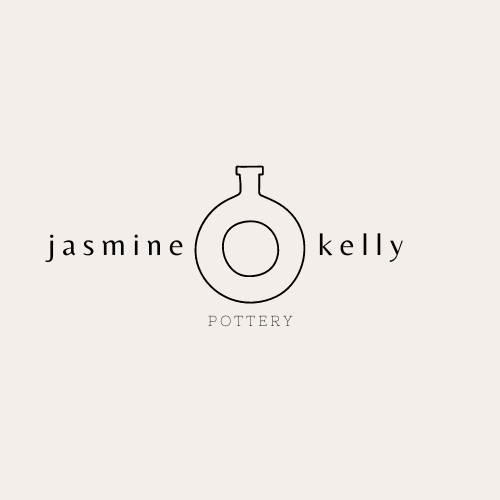
A tagline can be straightforward or abstract. If using your name, the wording might simply be “artist” or “studio.” Or, go high concept and give a sense of your work: “Capturing the Ocean.”

Using an off-the-shelf font means you can pick a different version of your font for the tagline (lighter, smaller size, all capital letters, etc.). However, if your primary logo is an illustration or signature, you will need to identify a font that complements the image.
#3: Images
An image can be the logo itself, or you can use it as a backdrop. Close-ups or details of paintings can work well. Simple line drawings can also work, but avoid cutesy paintbrushes or palettes.
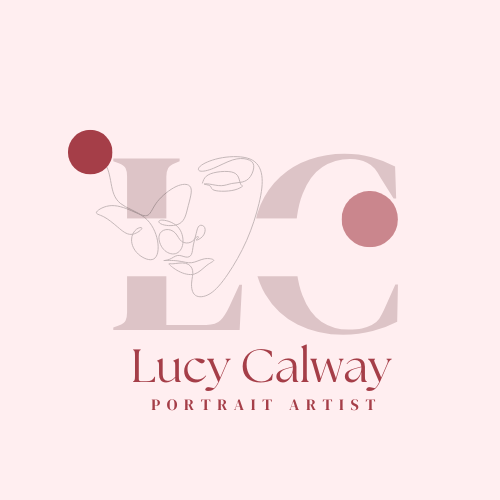
Photography
It can be tricky to use photographs as a logo as even the most straightforward image has a lot of detail. But that doesn’t mean you shouldn’t try! Try a black and white or spare palette and use Photoshop if necessary to remove any unnecessary detail. Consider something abstract, such as a close up of waves (if you are a seascape artist).
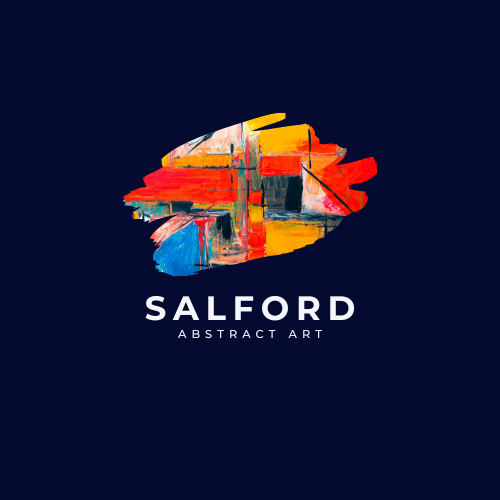
Your Artist Logo: A Checklist
Add a keyword like “art” or “artist”
www.lelaaltmanart.com
Use an alternative domain extension
“.art” is an increasingly popular and credible alternative, especially when .com isn’t available: www.lindabristow.art
Include local flair
Add your hometown, region or neighborhood. For artists with a storefront or gallery, or those who sell art inspired by a place, using a url with geographical connections boosts your visibility in search engines. www.brightonartist.com
Use the Artweb domain (for FREE)
If you want to avoid the hassle and expense of buying a domain, Artweb provides members with a hosted domain for free: www.marydrummond.artweb.com
Describe your medium
www.michaelsgraphicdesigns.artweb.com
Use humor
www.artinthedoghouse.co.uk
Artist Logo: Do’s and Don’ts
Artist Logo: DO
Match your style and brand.
Make it memorable and timeless.
Design a logo that works in multiple sizes or with colors reversed.
Write a catchy tagline.
Artist Logo: DON’T
Blatantly imitate another artist or brand.
Distract with too many colors.
Create a design that only works on a white background.
How Do You Create an Artist Logo?
From free DIY options to pricy graphic designers, you have a wide range of options when designing your artist logo.
Which one is right for you? As with all things in life, it depends. Consider your budget, your interest and aptitude for graphic design, and your patience and bandwidth for experimenting with a few failed attempts before you find the perfect logo.
Graphic Design Software
Graphic design software such as Canva offers hundreds of logo templates awaiting your inspiration. A free account still offers plenty of options, but you may want to invest in the paid version so that you can access premium features that will make it easier to modify your logo for various media. That’s true even if you use an artistic version of your own signature that you created.
For example, you may want to remove a background image or color, resize or rotate your logo or modify the color combination for your website, a newsletter design, or a poster or printed marketing materials.
Online Logo Design Platforms
If you are looking for a middle ground between DIY and fully-outsourced, consider an on-demand graphic design portal. Services such as 99 Designs let you post a logo commission, set specifications and a price. Designers from all over the world compete for your business, and you can review their proposed logo design before buying.
But don’t let the name fool you. You’re likely to spend a lot more than $99 for a new artist logo. In general, capable designers will not compete for your logo business unless you set a price of several hundred dollars. Then, there are the upsells. If you wan access to the JPG files and multiple sizes, you’ll need to spend more.
Hire a Graphic Designer
While top-tier design firms that work with global companies can charge hundreds of thousands of dollars for a logo, you can hire a solid graphic designer for your artist logo for a few hundred dollars.
In theory, you can find “bargains” on sites like Fiverr for as little as (you guessed it) $5. But the results are typically a waste of your time and money.
It’s worth spending a little more to commission a bespoke logo that you’ll want to use for years. If you’re willing to sort the wheat from the chaff, you can find very good (and affordable) designers on Upwork and other hiring platforms. When publishing a job, be very specific and detailed in what you’re looking for, and check past work and reviews closely. Be prepared for a deluge of applications, some of them pretty far afield from the art logo of your dreams.
Things to consider when you choose a graphic designer for your art logo
- Review their portfolio.
- Check how many edits are included in the price.
- Ensure you get the logo in different file types: PNG (for digital), SVG (for your website) and TIFF (for printing).
- Create a greyscale version (black and white) as well as color.
- Request a version that includes your tagline if you have one.
- Ensure you have the color numbers, font style and size and any other information, so you can recreate the logo or reproduce it in other marketing materials.
Building a Great Artist Brand Doesn’t Have to be Hard
If you follow these steps, you can DIY your way to a professional-looking artist logo that will elevate your art brand online and off.
And, if you’re wondering where to showcase your fabulous logo, consider building a free website with Artweb.






